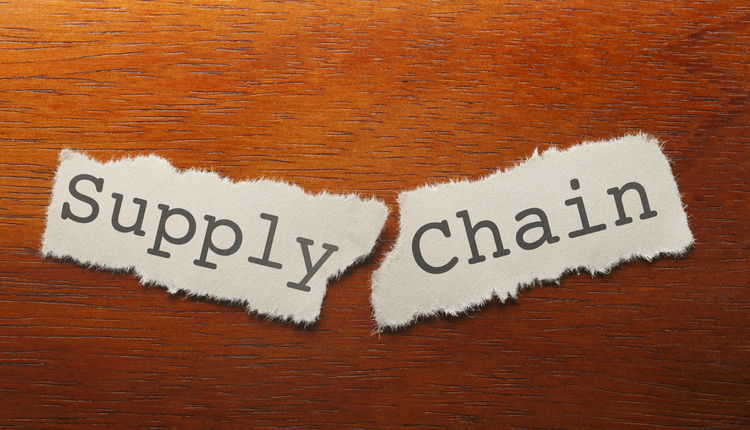This article originally appeared in the March/April, 2018 issue of PARCEL.
Annual shipping rate increases are an expected occurrence for shippers and customers alike. Shippers understand and accept that these rate increases are the cost of doing business with FedEx and UPS. However, when it comes to the numerous accessorial fees, the reasoning behind how much they may or may not increase, as well as the introduction of new fees, may be a bit murkier.
What’s behind these surcharges? These fees are the result of additional cost-to-serve shipments and, in some cases, are designed to drive behavioral changes. However, it’s worth to note that the USPS does not have accessorial fees.
Additional Cost to Serve
FedEx and UPS want everyone to believe that it’s getting more expensive to serve their customers, and they are right. Going the last mile can be costly, particularly as noted during peak season. In 2017, UPS introduced the first peak surcharge to help forecast and manage increased volumes across its network, which is typically strained during this period.
Fuel surcharges are another example of additional cost to serve. Both FedEx and UPS implemented this extra charge years ago when the price of oil began its volatile movements. FedEx has over 60,000 motorized vehicles and 650 airplanes, while UPS has 108,000 package cars, vans, tractors, and motorcycles, including 8,500 alternative fuel and advanced technology vehicles. In addition, UPS has about 239 jet aircraft. As fuel surcharges are used to offset rising fuel costs for vehicles, FedEx and UPS are introducing more and more alternative fuel vehicles. UPS, for example, noted that its 386 hybrid electric vehicles promised a 35% improvement in fuel economy over vehicles it is replacing.
Residential deliveries are another area that is costly for FedEx and UPS. Online ordering has tipped the last-mile delivery location to favor home deliveries. For UPS, in particular, the overall percentage of such deliveries hovers around 50%, and for FedEx, just slightly below that. These types of deliveries tend to take more time to deliver and can also result in multiple delivery attempts if the customer is not home. FedEx and UPS continue to expand and encourage alternative commercial delivery locations for residential deliveries, which are less expensive for the carriers.
Driving Behavior Changes
A relatively new concept here in the US, alternative delivery locations can be considered a change in consumer and business behavior – a third-party location for pickup or delivery, or perhaps even a locker option versus door step delivery. Residential surcharges can be considered a cost to serve as well as a way to drive behavioral changes.
Another surcharge is an address correction fee for situations in which FedEx and UPS have to find the correct ZIP Code, the correct street number or name, or re-format a shipping address to meet the shipping company and/or international postal standards. Customers can typically correct this themselves by investing in address verification software.
Lastly, the Oversize or Large Package surcharge is another means of driving behavioral changes. Once again, thank e-commerce. Online orders of large items such as furniture, mattresses, and exercise equipment are growing; however, they do not fit neatly in FedEx or UPS sorting facilities. Designed for smaller packages, FedEx and UPS have implemented surcharges for these larger, bulkier items. For 2018, FedEx increased its Oversize surcharge 10.3% from $72.50 per package to $80.00 per package. UPS increased their large package surcharge from $70.00 to $80.00 in 2018, a 14.3% increase. Furthermore, effective July 8, the large package surcharge for any US Domestic package delivered to a residential address will be $90. Such items tend to flow easier in a LTL or TL network, and in some cases are more cost effective versus the small parcel network .
Concluding Thoughts
Cost to serve or change behaviors? Accessorial charges can invoke exasperation from those that are unfamiliar with the additional charges. Shippers need to understand whether changing behaviors can help lower cost or whether the costs are just a cost of doing business. It is important to understand them as well as to make necessary changes to avoid unnecessary charges.
John Haber is Founder & CEO, Spend Management Experts. Contact him at john@spendmgmt.com for more information.



















